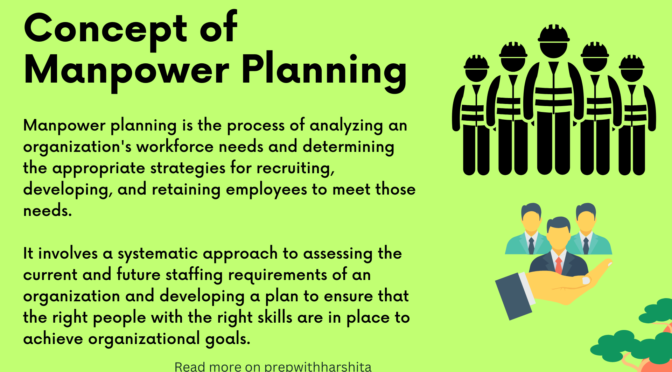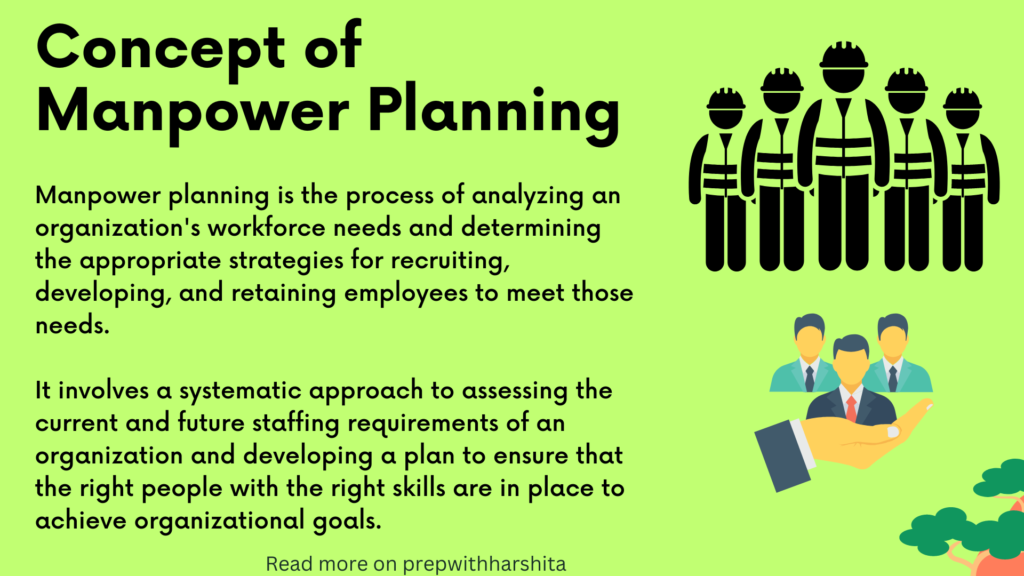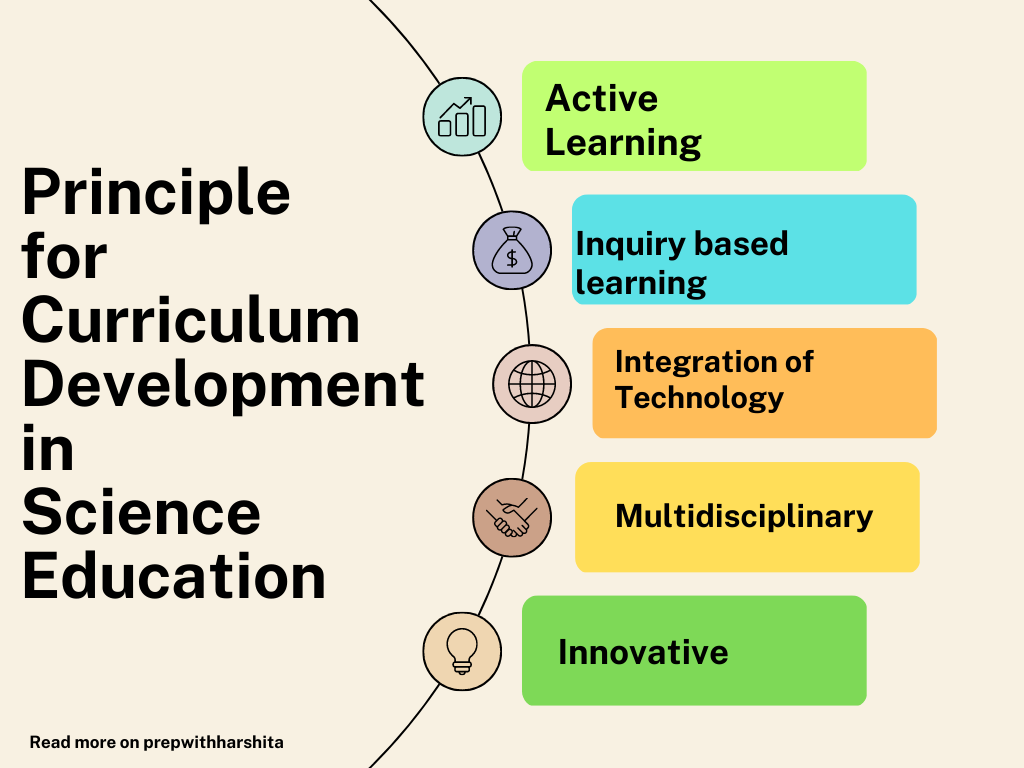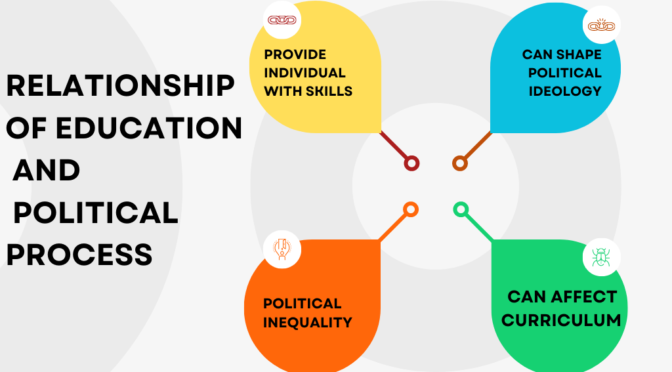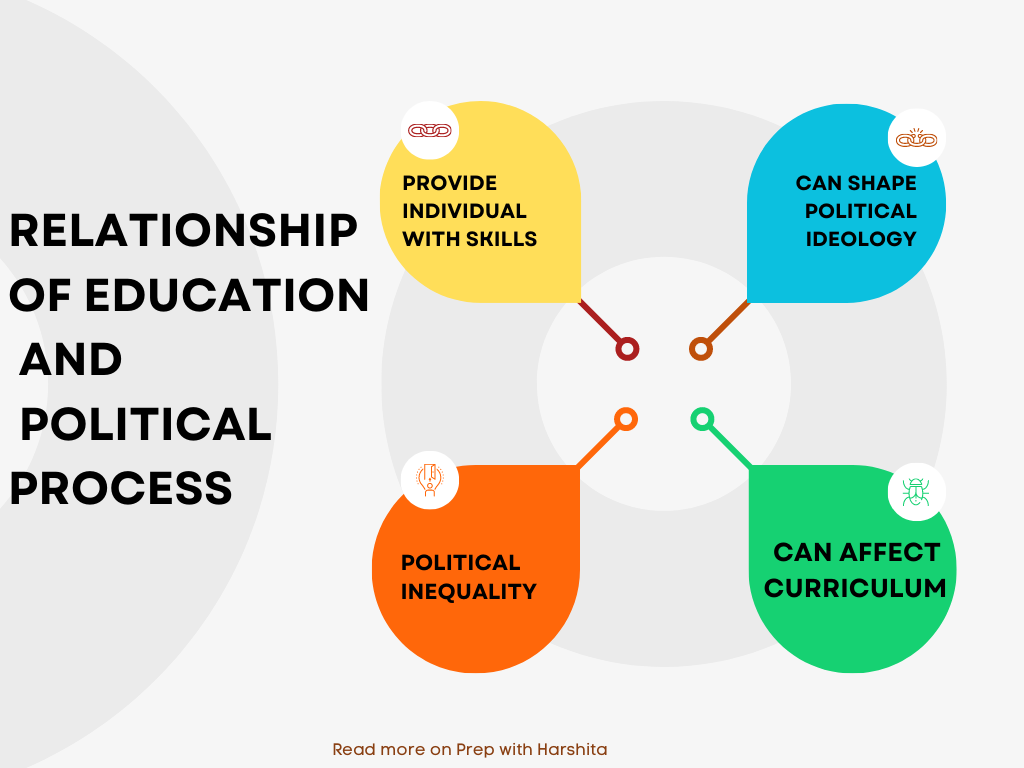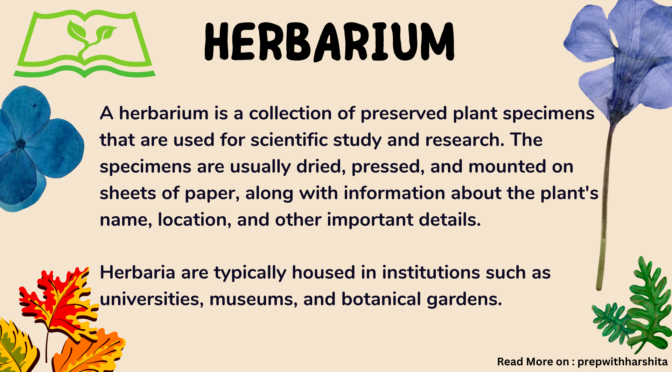The Pomodoro Technique is a time management method that was developed by Francesco Cirillo in the late 1980s. It involves breaking down work into intervals of 25 minutes, known as “Pomodoros,” followed by short breaks of 5-10 minutes. After completing four Pomodoros, a longer break of 15-30 minutes is taken.
The idea behind the technique is to help individuals improve their focus and productivity by working in short bursts and taking frequent breaks to recharge their energy and prevent burnout.
While using the Pomodoro Technique, it’s important to eliminate distractions, such as turning off your phone or closing unnecessary tabs on your computer. You can also use a Pomodoro timer app or website to help you keep track of your time.
Also Visit: Indian Study Youtuber
Here are the steps to follow when using the Pomodoro Technique:
- Choose a task to focus on: Select a task that you want to work on, and make sure it’s something that can be completed in 25 minutes or less.
- Set a timer for 25 minutes: You can use a Pomodoro timer or any timer of your choice.
- Work on the task for 25 minutes: During this time, avoid any distractions and stay focused on the task at hand.
- Take a short break: When the timer goes off, take a 5-10 minute break to recharge your energy. You can use this time to stretch, grab a snack, or do something else that relaxes you.
- Repeat the process: Once your break is over, start another Pomodoro by setting the timer for another 25 minutes and continue working on the same task. Repeat this process until you complete four Pomodoros.
- Take a longer break: After completing four Pomodoros, take a longer break of 15-30 minutes to rest and recharge.
- Start again: Once your longer break is over, start the process again by choosing a new task to focus on.
Also read: How to memorize anything for long?


